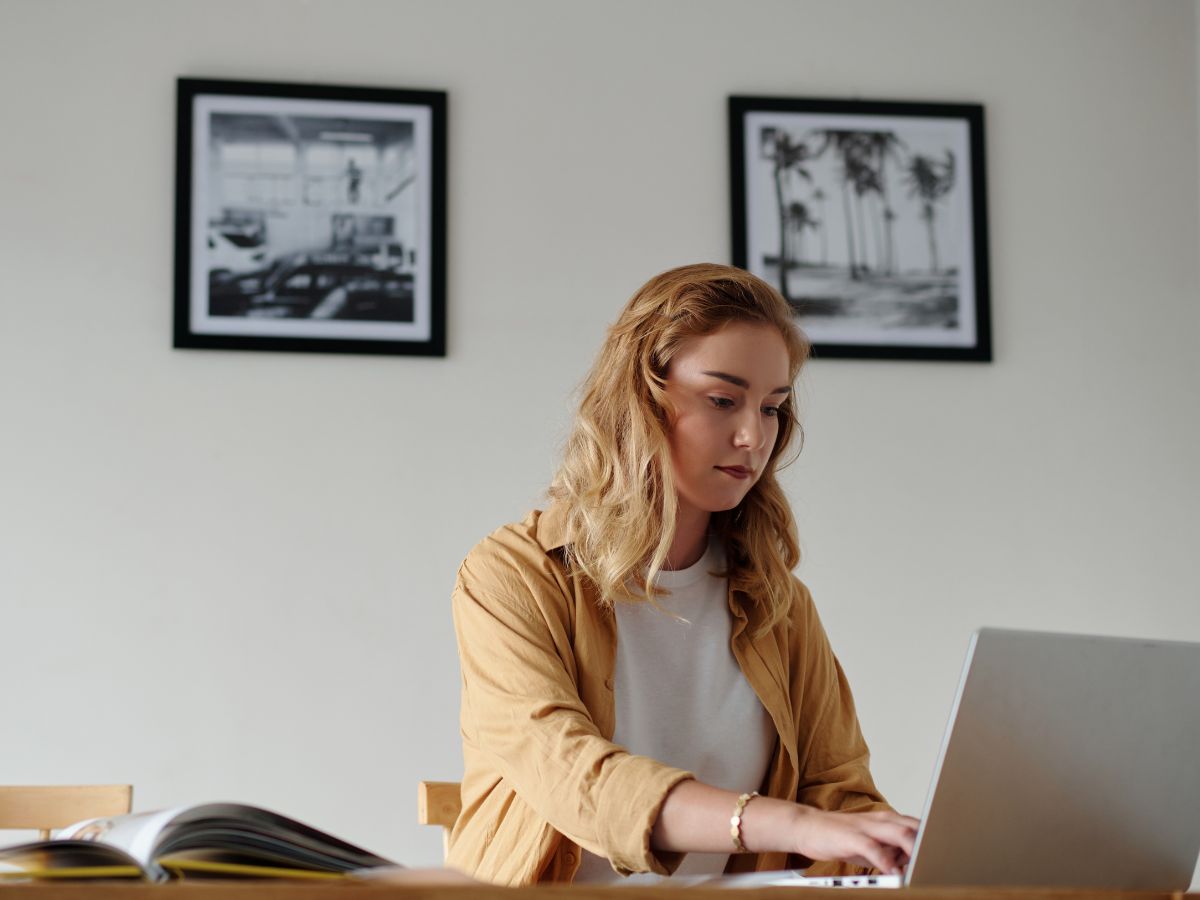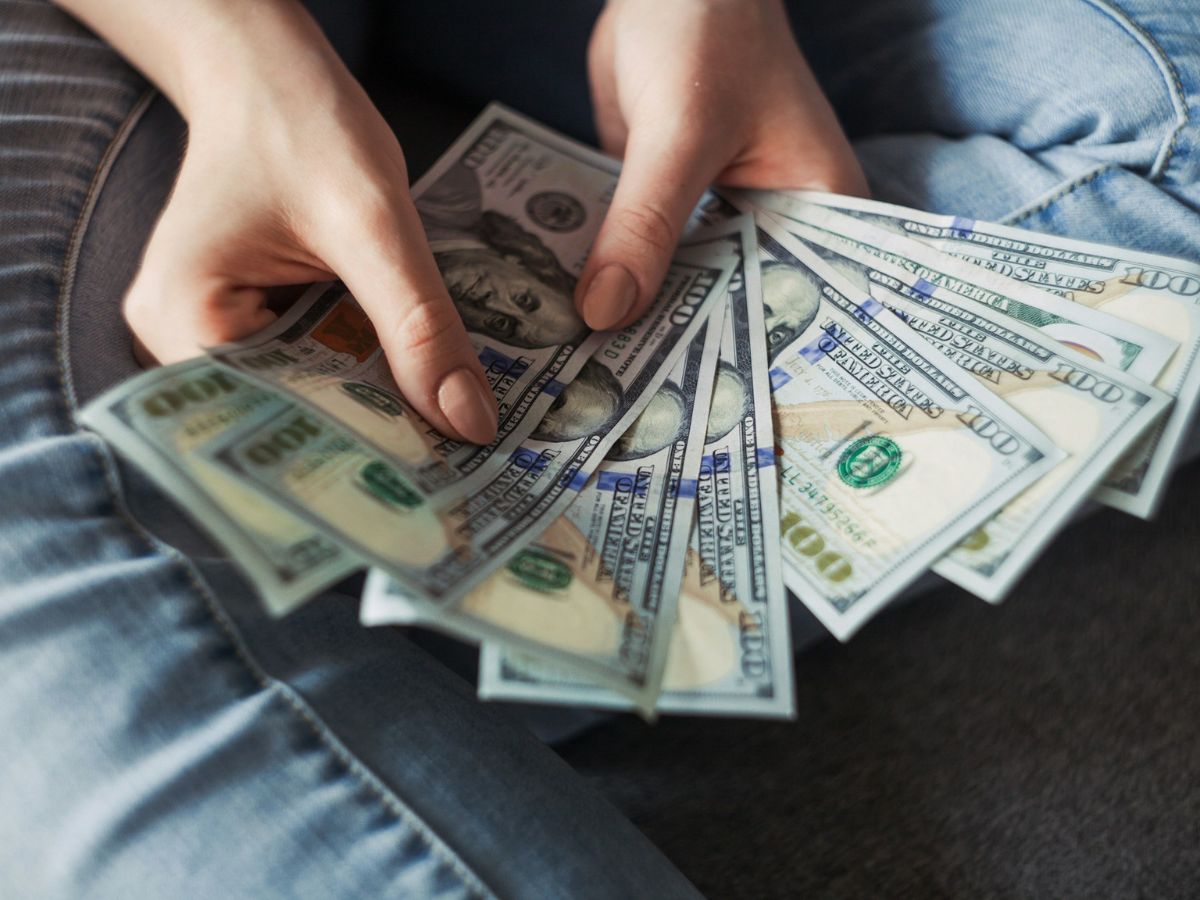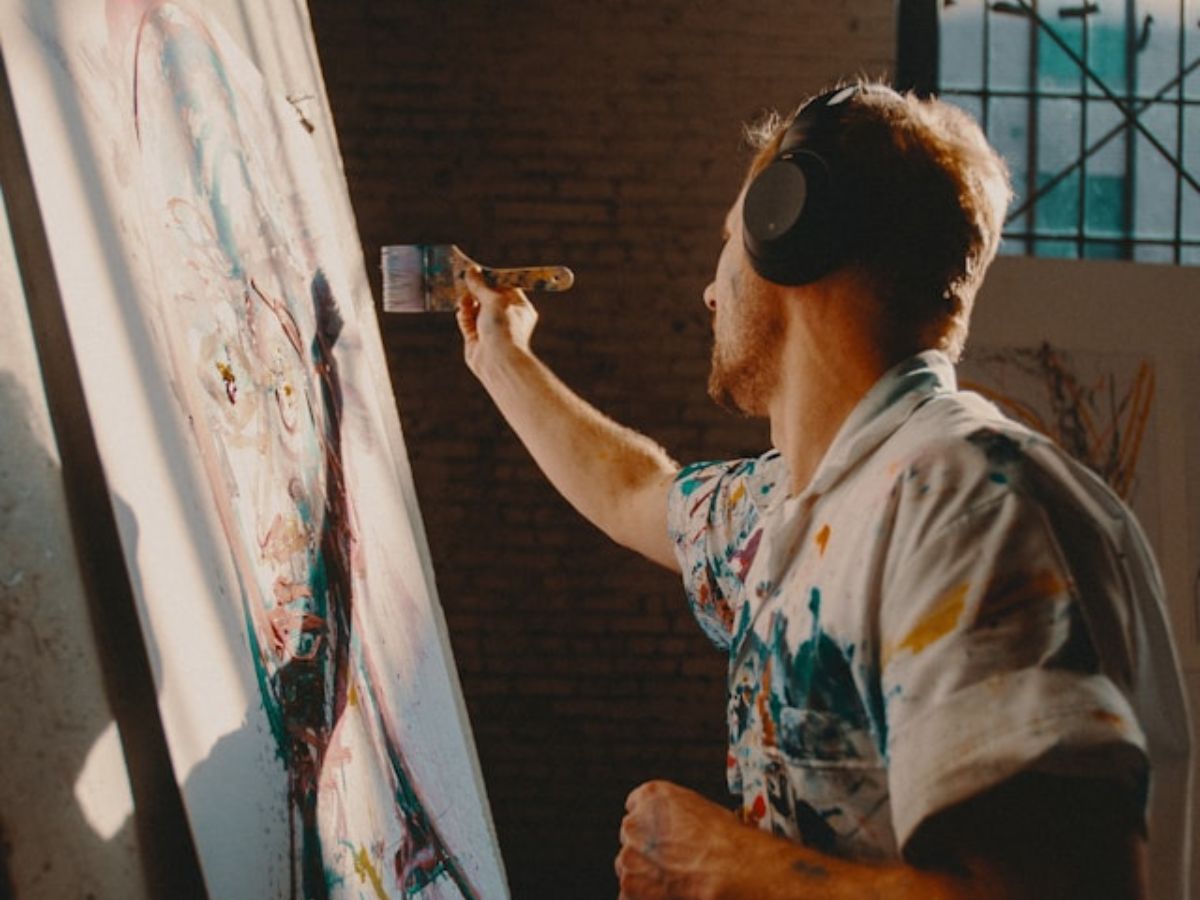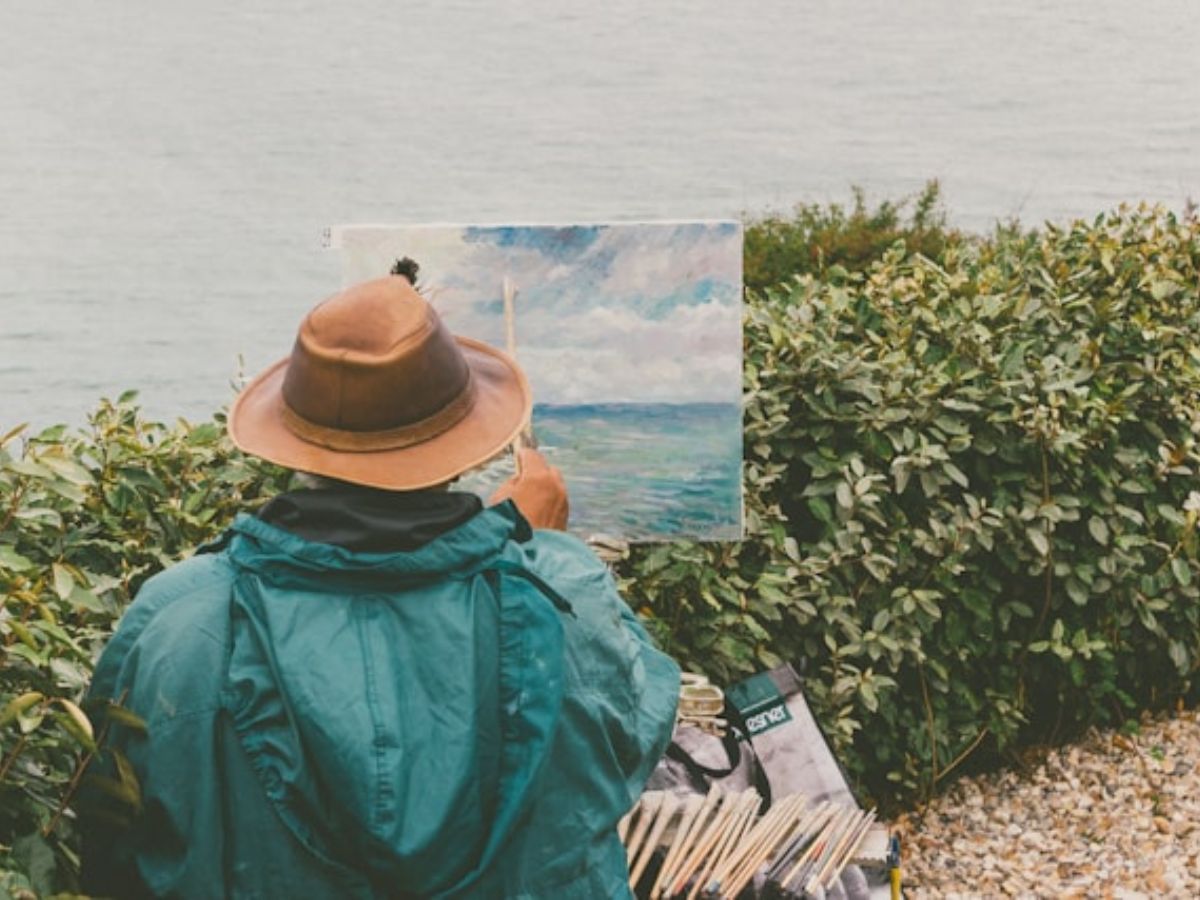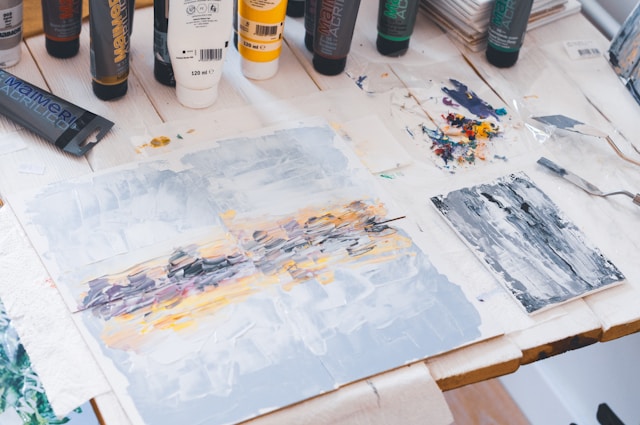
7 Ways for Artists to Ignite Their Creativity
Finding inspiration as an artist doesn’t always require grand experiences; often, the most profound sources of creativity come from the everyday world around us. From observing natural landscapes to reflecting on our daily routines, inspiration can be woven into even the smallest moments.
Here are some effective ways for artists to draw creative energy from daily life.
